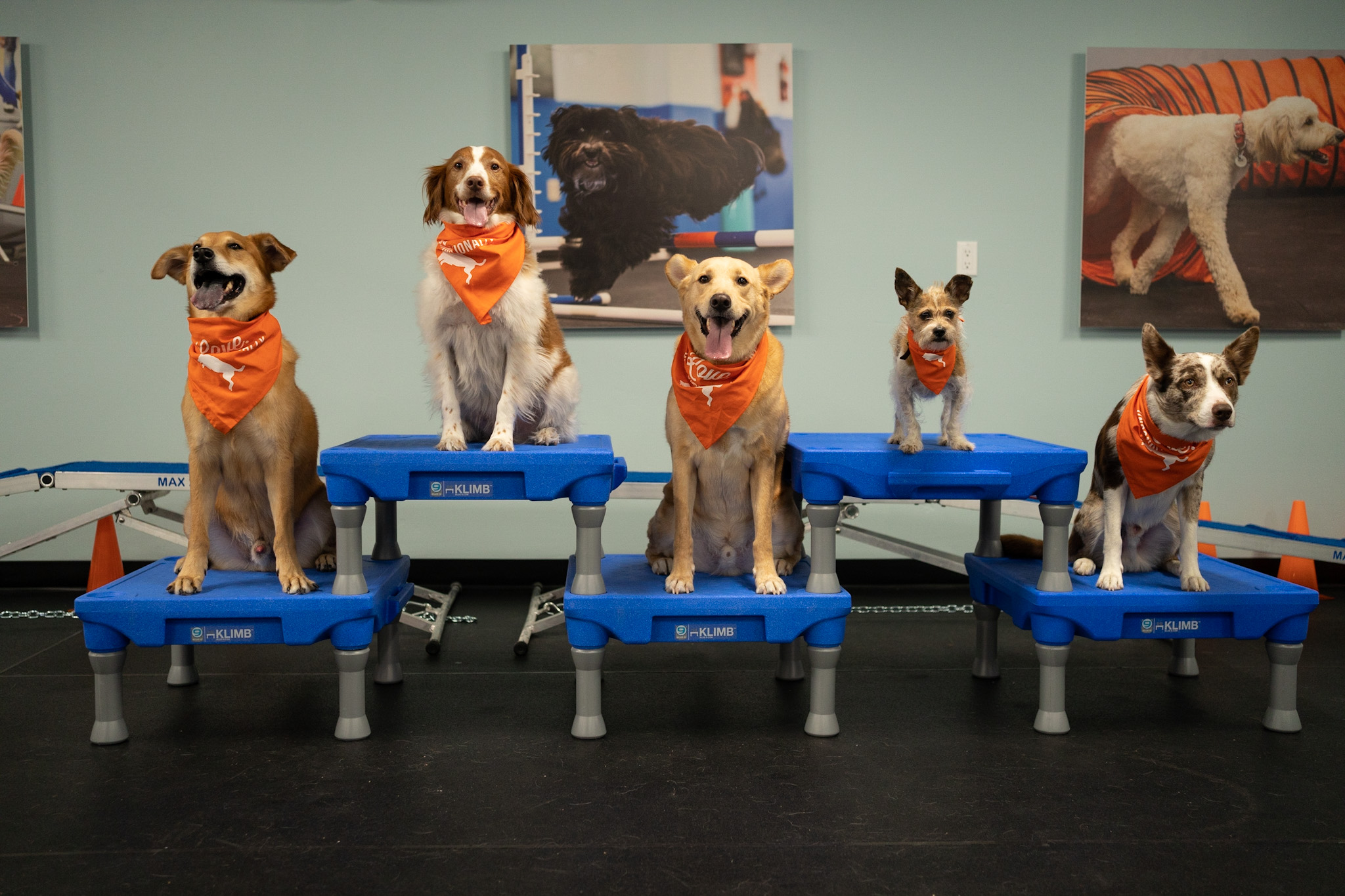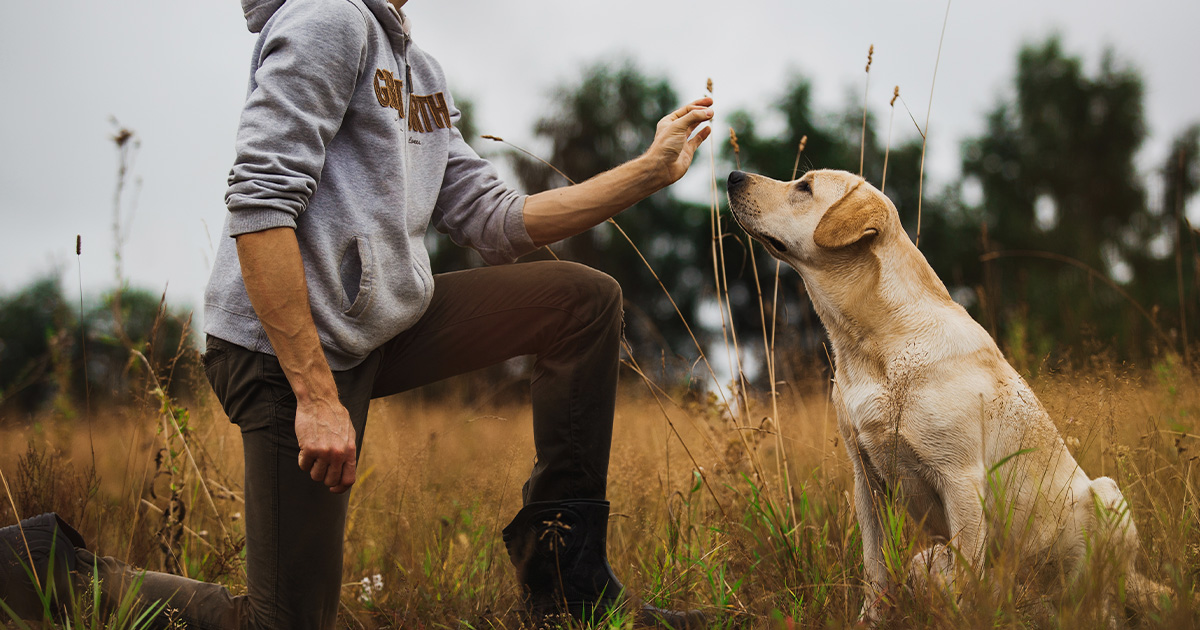The Ultimate Guide to Dog Training: Tips for Every Stage of Your Dog’s Life
The Ultimate Guide to Dog Training: Tips for Every Stage of Your Dog’s Life
Blog Article
Newbie's Overview to Effective Canine Training in the house
Effectively educating a pet at home calls for a nuanced understanding of canine habits and efficient communication strategies. Developing clear training objectives, using high-grade rewards, and keeping uniformity across family participants are critical elements. Incorporating training right into day-to-day routines can improve both involvement and retention.
Comprehending Pet Habits
Comprehending pet dog actions is necessary for efficient training and cultivating an unified partnership between people and their canine friends. Canines interact largely via body movement, vocalizations, and faces, making it important for owners to interpret these signals properly. Identifying actions such as tail wagging, roaring, or cowering can supply understandings right into a dog's emotional state and intentions.

Common behavior concerns, such as aggressiveness, anxiety, or excessive barking, often originate from misunderstandings or unmet demands. Observing and attending to these concerns without delay can prevent acceleration and make certain a positive training experience. By promoting a deep understanding of pet behavior, owners can customize their training approaches to suit their canine buddies, ultimately bring about a mannerly and satisfied pet dog.
Crucial Educating Tools
A fully equipped training area can significantly enhance the performance of pet dog training in the house. Important training devices ensure that both the canine and the fitness instructor can participate in efficient sessions that cultivate discovering and bonding.

Purchasing a tough leash and a comfortable, well-fitting collar or harness is essential for security and control. These tools aid establish limits and ensure the pet remains secure during training. Furthermore, a designated training area, totally free from distractions, aids concentration for both the canine and the trainer.
Training aids such as training pads, cones, or dexterity tools can likewise improve the experience by presenting selection and challenges. Finally, having a note pad or electronic app for tracking progress can be important, enabling you to note successes and areas for renovation. Using these vital tools will produce a favorable training setting and lay the structure for efficient knowing.
Creating a Training Routine
Establishing a regular training routine is necessary for reliable pet training in the house. A well-structured routine not just helps in strengthening wanted actions but likewise supplies your pet dog with a complacency and predictability. To create an effective training routine, begin by identifying details training objectives, such as basic commands, leash strolling, or housebreaking.
Choose a designated time each day for training sessions, ideally when your pet is responsive and alert. Sessions ought to be short, roughly 5 to 15 minutes, to maintain focus and avoid fatigue. Consistency in timing and environment will enhance your canine's knowing experience.
Incorporate training into everyday activities to reinforce skills. Technique commands during strolls or nourishment, which integrates learning into natural routines. Additionally, continue to be versatile and change the routine as essential, suiting your pet dog's power levels and mood.
Favorable Reinforcement Techniques
Favorable reinforcement techniques are essential to efficient canine training, promoting wanted behaviors through rewards as opposed to punishment. This approach utilizes favorable stimuli, such as deals with, praise, or play, to encourage pet dogs to repeat particular activities. Get More Info The foundation of this technique is timing; rewards need to be offered quickly complying with the wanted behavior to create a clear association.
When executing favorable reinforcement, it is important to pick benefits that are encouraging for your canine. High-value deals with, such as small items of chicken or cheese, can be especially reliable throughout training sessions. Furthermore, varying the incentives can maintain your canine's interest and excitement.
Start with straightforward commands, like "sit" or "stay," and progressively progress to more complicated jobs. Uniformity is key; guarantee that all member of the family utilize the very same commands and incentive systems to avoid confusion.
Moreover, it is crucial to remain individual and avoid frustration. Pet dogs, like human beings, learn at their own rate. By fostering an encouraging training environment with positive reinforcement, you can boost your dog's discovering experience while strengthening the bond in between you and your hairy companion, preparing for successful training results.
Usual Training Challenges
While training a pet in the house can be a gratifying experience, it typically comes with a set of typical challenges that can evaluate both persistence and consistency. One widespread concern is interruption. Dogs may become quickly sidetracked by sounds, activities, or perhaps fragrances in their setting, making it hard to maintain their emphasis during training sessions.
One more difficulty is inconsistency in commands and support. If household members utilize various signs or benefits, it can impede and confuse the dog progression. Developing a unified technique is essential for effective communication.
Furthermore, canines can experience stress or tension, particularly if they do not comprehend what is expected of them. This can lead to undesirable habits, such as chewing or barking.
Finally, the timing of support is essential (Dog training). Delayed benefits can diminish the performance of favorable reinforcement, as pet dogs might fail to attach the habits with the benefit
Getting over these difficulties requires dedication, clear communication, and a structured training strategy. Recognizing and resolving these typical obstacles will certainly lead the way for an extra successful and enjoyable training Homepage experience in the house.
Final Thought
In final thought, effective pet training at home necessitates a thorough understanding of canine actions and reliable interaction approaches. By developing clear training goals and utilizing top quality treats alongside positive reinforcement, the training process ends up being more rewarding for both the pet dog and the instructor.
Developing a regular training regimen is vital for reliable dog training at home.Favorable support methods are essential to effective dog training, advertising desired actions through benefits rather than punishment (Dog training). By promoting a helpful training environment via favorable support, you can boost your canine's discovering experience while reinforcing the bond in between you and your furry friend, laying the foundation for effective training results
In final thought, effective More Bonuses pet dog training at home requires a detailed understanding of canine behavior and effective communication techniques. By developing clear training objectives and using high-quality deals with alongside favorable support, the training process ends up being a lot more gratifying for both the pet dog and the trainer.
Report this page